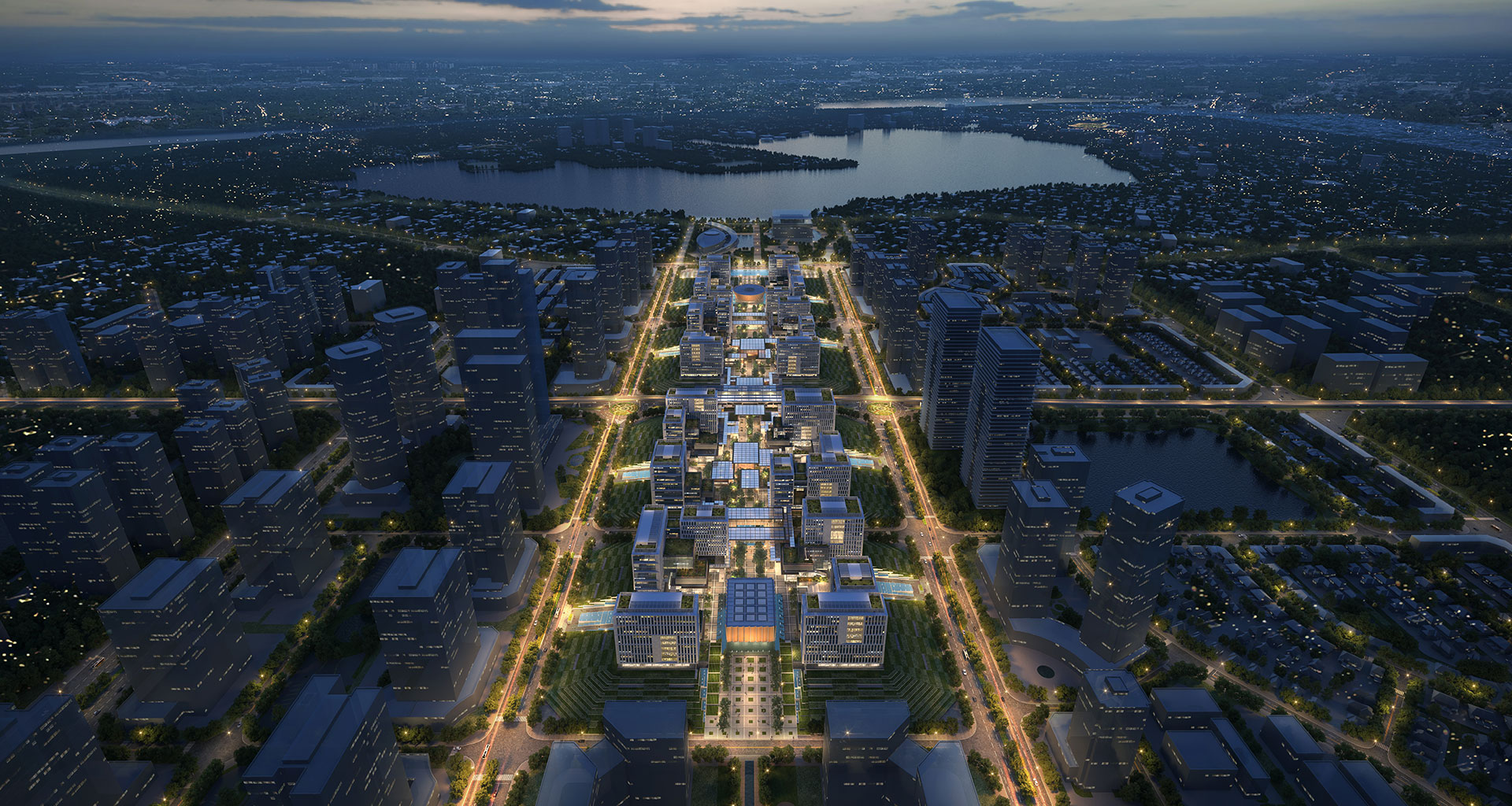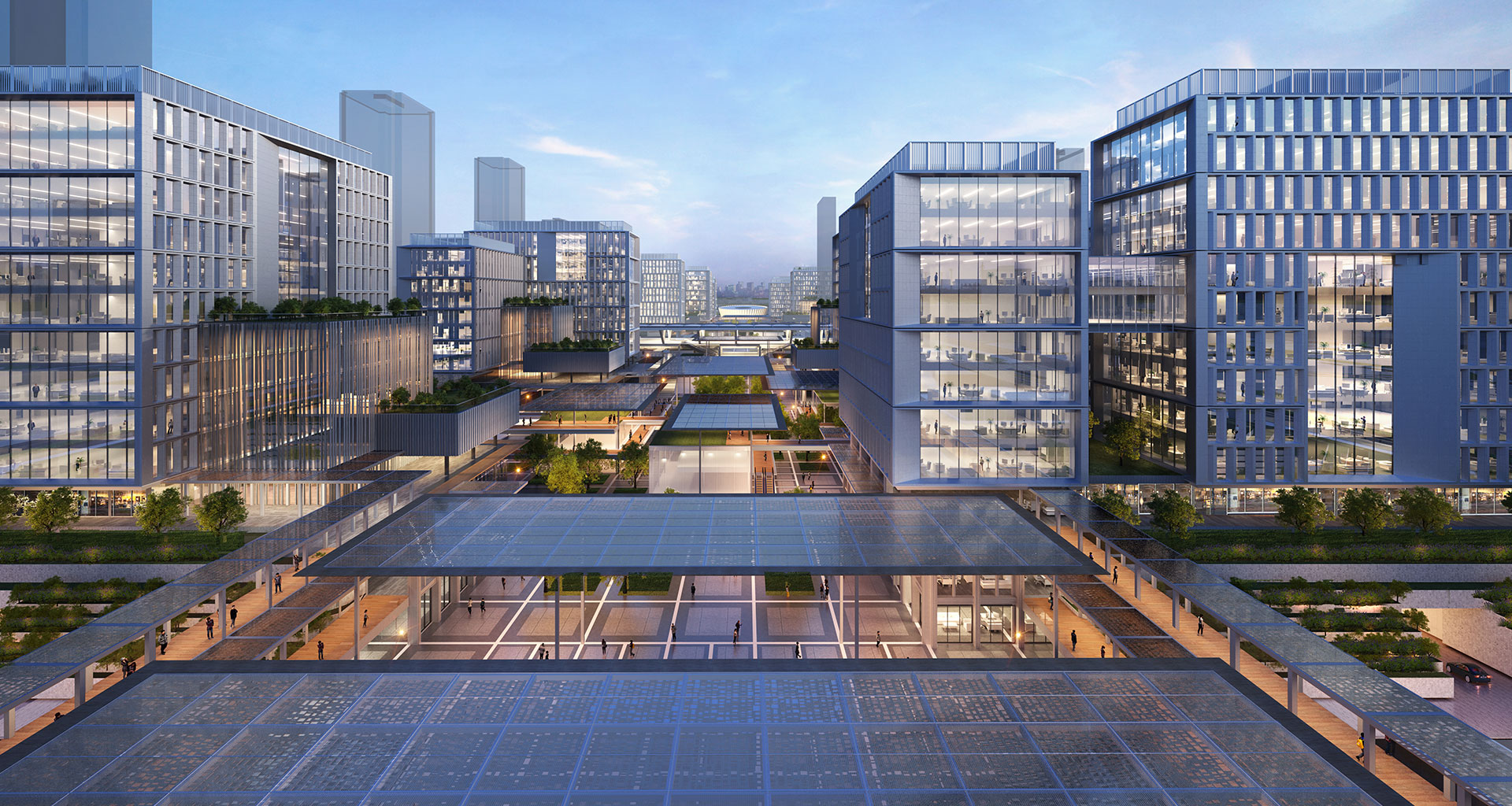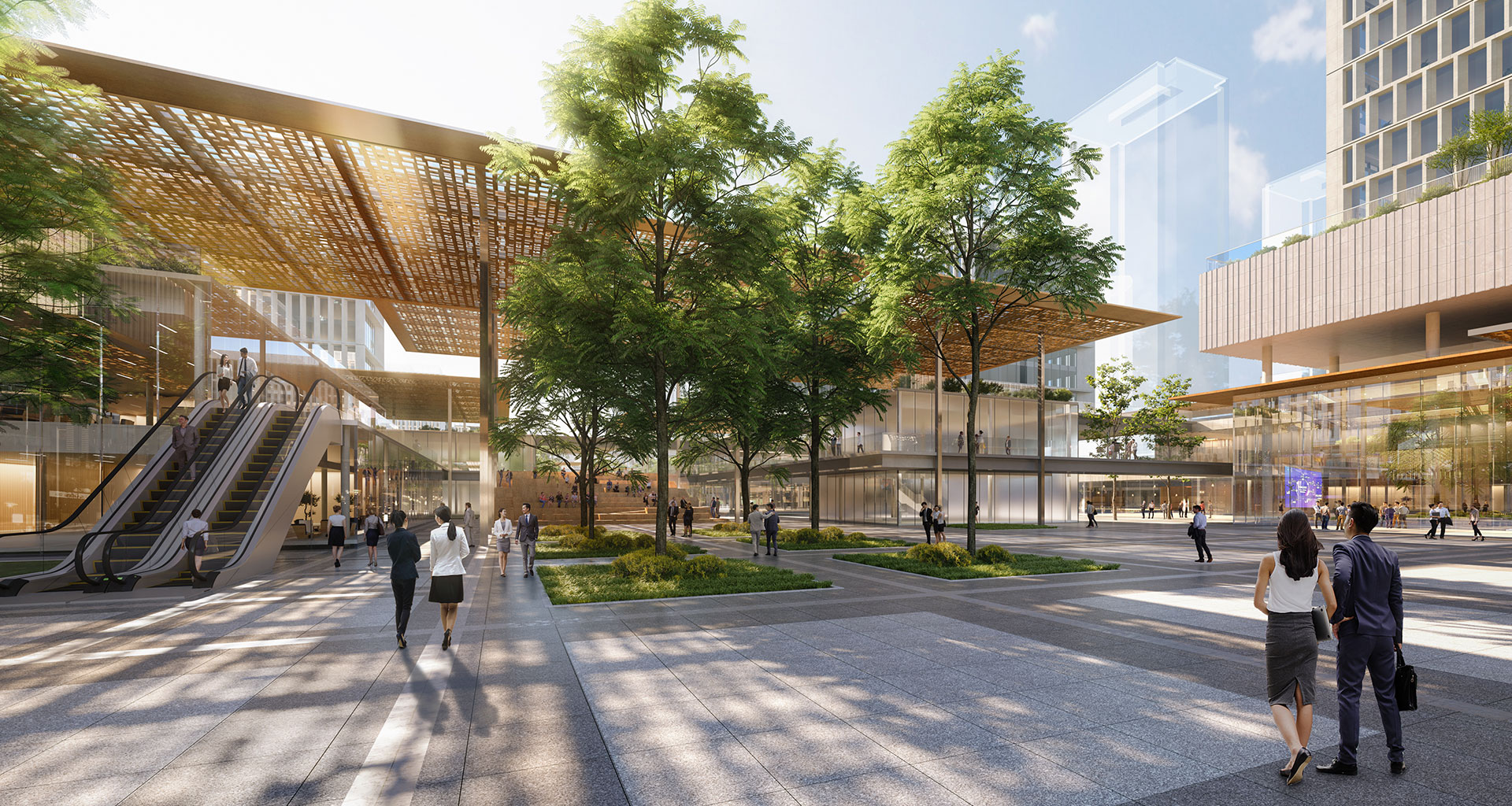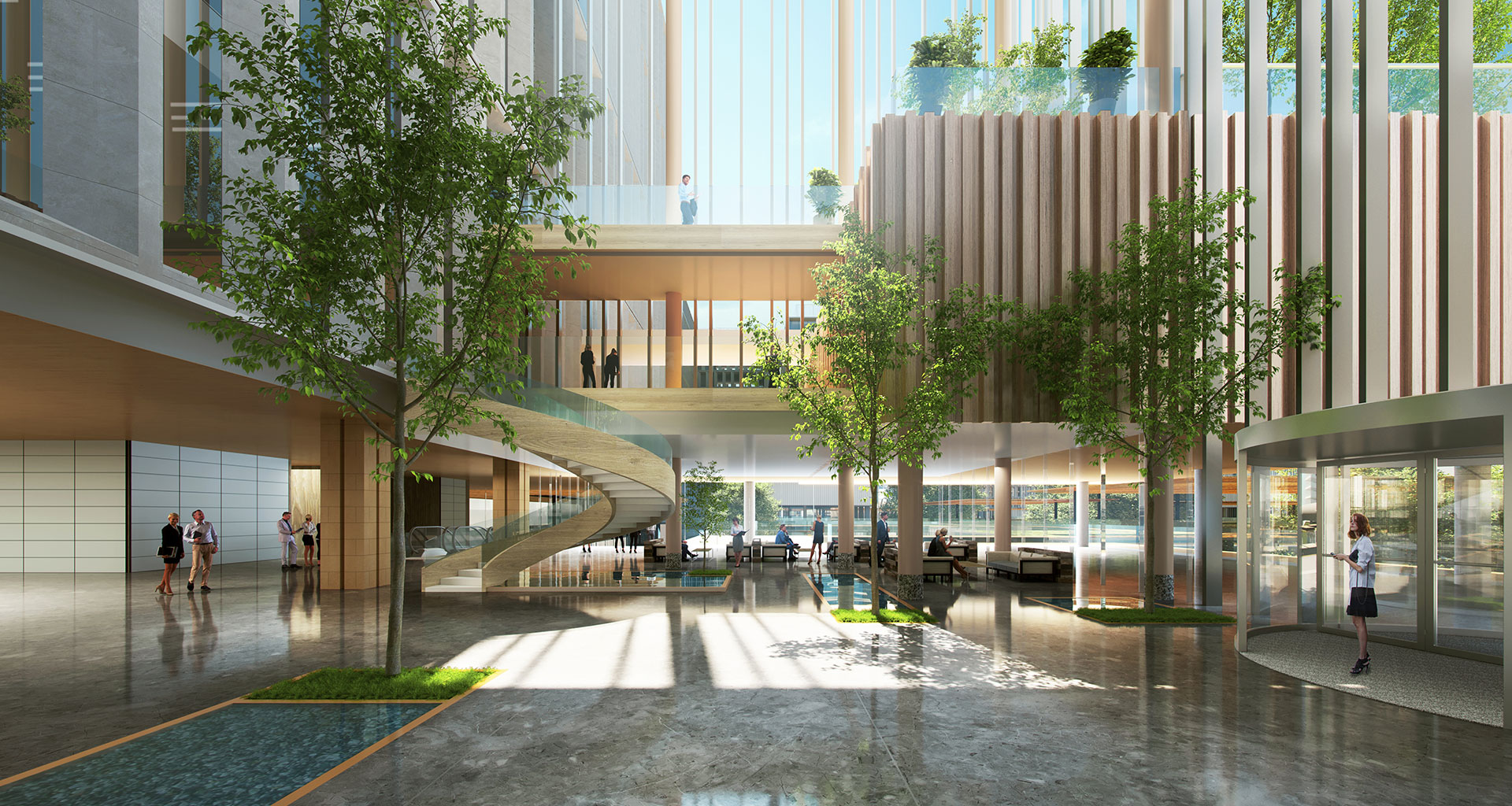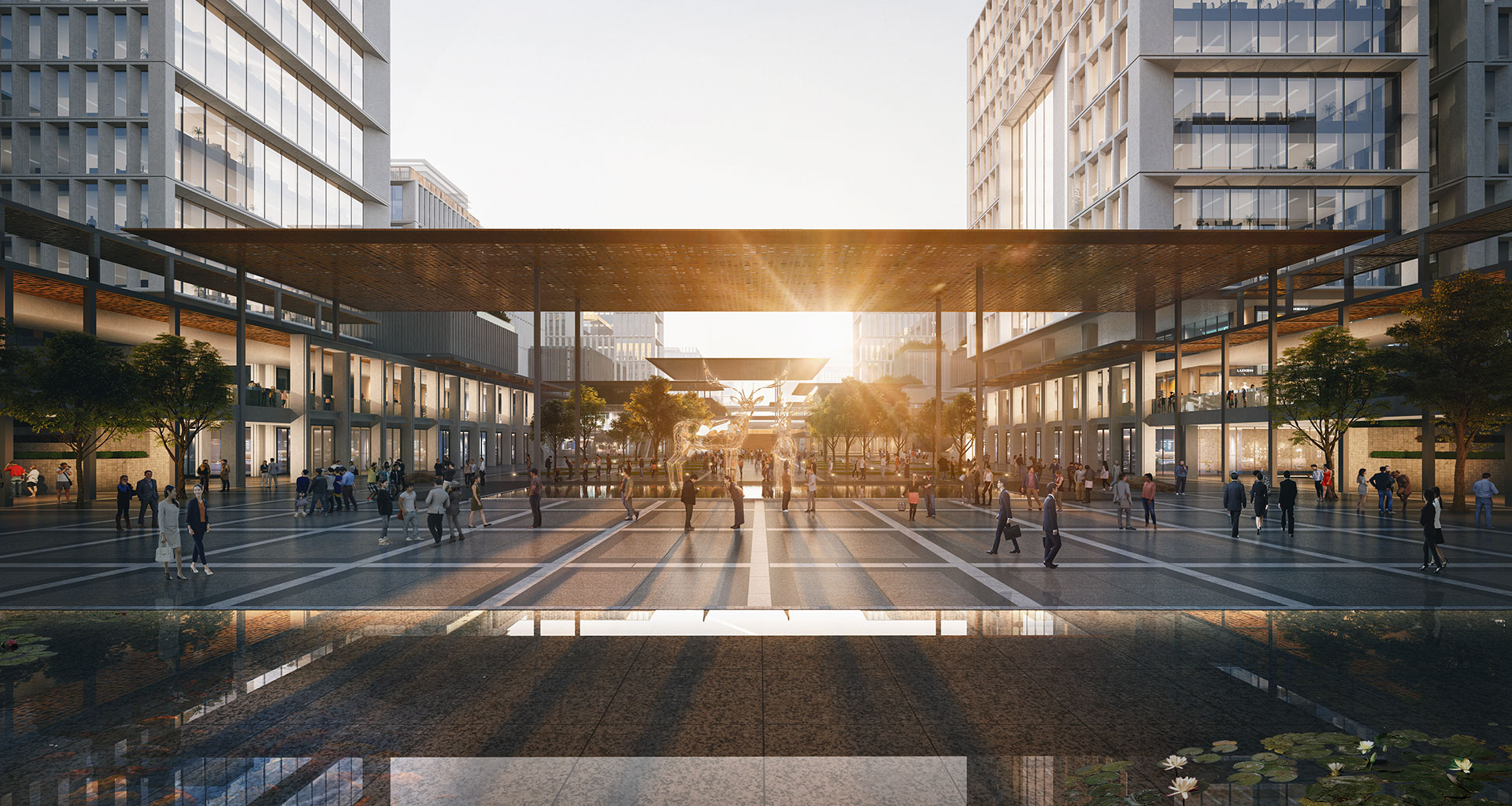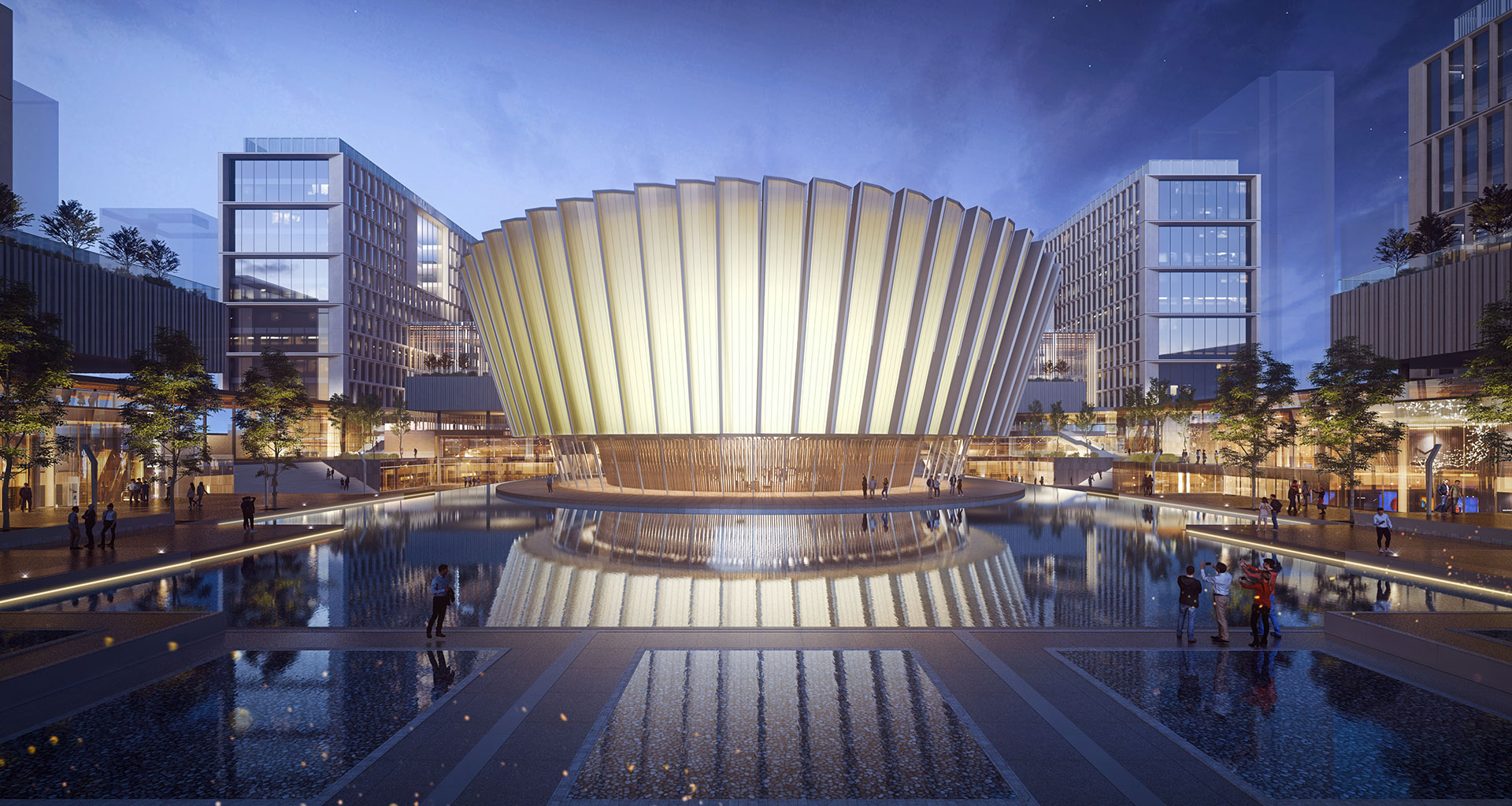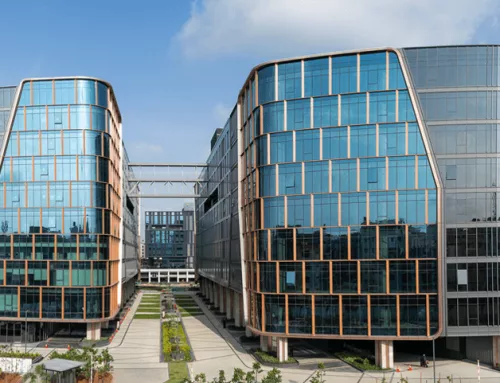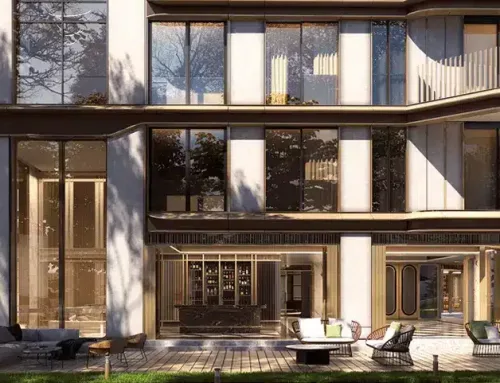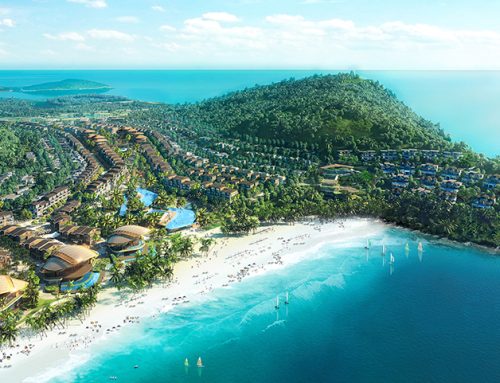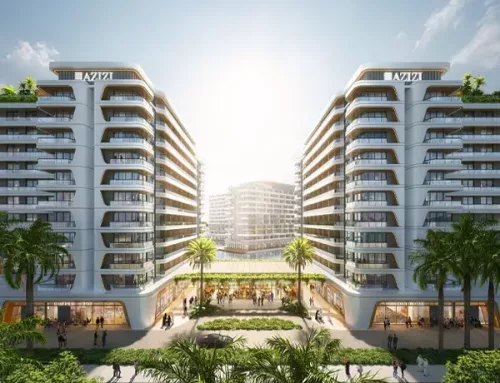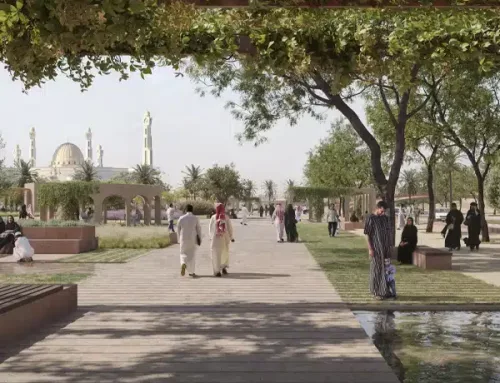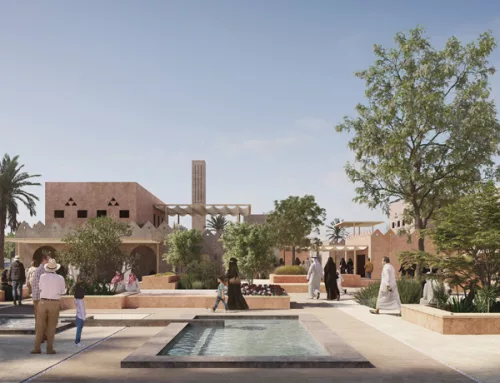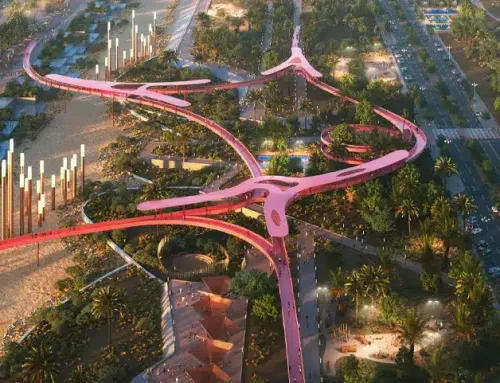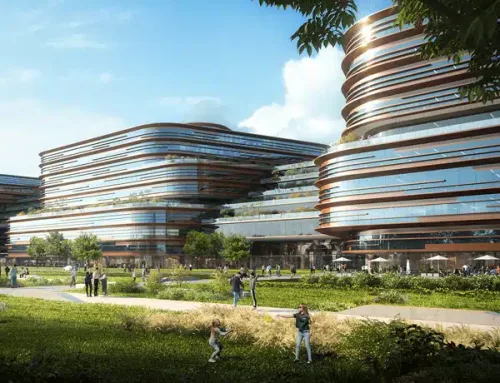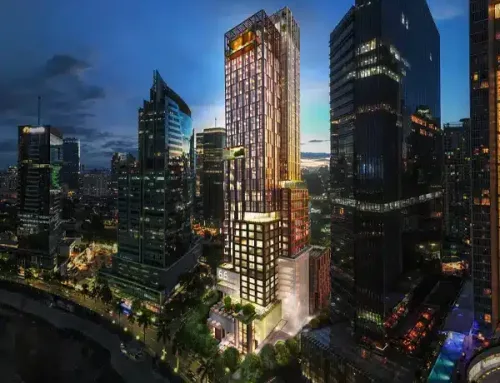12 Ministries: Vision for The New Administrative Centre in Hanoi
In collaboration with RSP Architects Planners & Engineers.
Project Specifications:
Service
Masterplan, Architecture
Sector
Mixed-Use, Office
Location
Hanoi, Vietnam
Area
Total NFA: 35 Ha
Total GFA: 498,583 m2
Client
Ministry of Construction of Vietnam, Government of Vietnam
The architectural vision for the Head Office of Ministries and Central Agencies in Hanoi is a bold and iconic statement. The inspiration was drawn from Vietnam’s scenic landscape and rich cultural heritage. Developing a formal and timeless architectural language, 12 Ministries is an enduring landmark with a unique identity that will leave a legacy for future generations.
A delicate balance between privacy and connection was achieved by introducing architectural and landscape solutions to create distance and level differences. The result is an elevated citadel masterplan that emphasises the visual prominence of the ministry buildings.
The 35Ha masterplan strategically distributes private and public programs as a cohesive whole. It features a linear public spine promoting community engagement and connectivity. The design also prioritises visual connections with nature and the surrounding urban context.
Bold Design Statement for Headquarters of Ministries
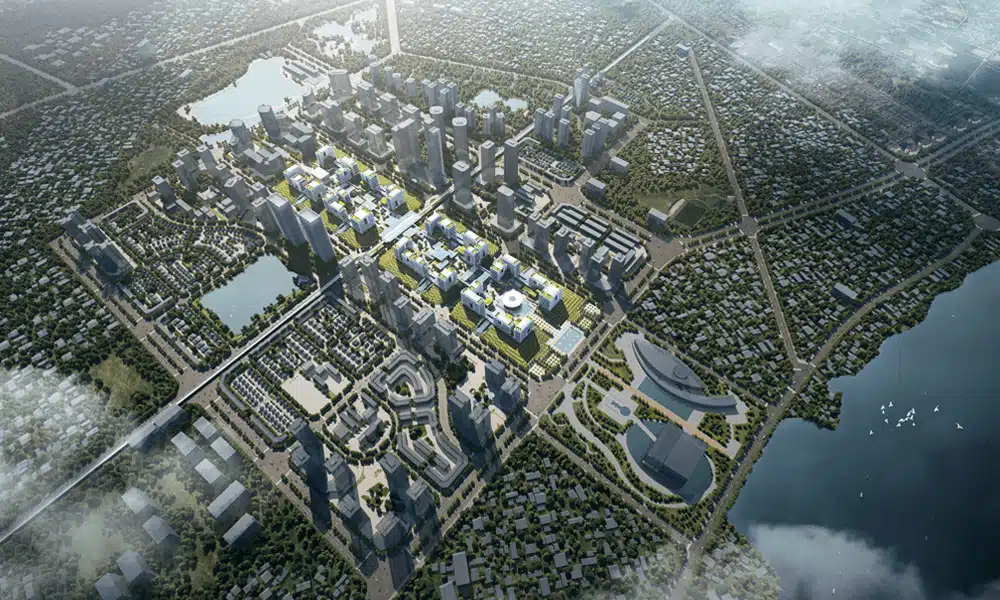
12 Ministries is adjacent to the West Lake and Red River, offering breathtaking views and a peaceful environment. Residents and expatriates liken the district to a tranquil and scenically beautiful location. Moreover, the site is conveniently accessible through nearby townships, highways, and the No Bai International Airport.
The challenge of maintaining privacy and security in the governmental areas within the masterplan is posed by the future commercial developments surrounding the site. On top of that, there will be publicly accessible spaces in 12 Ministries.
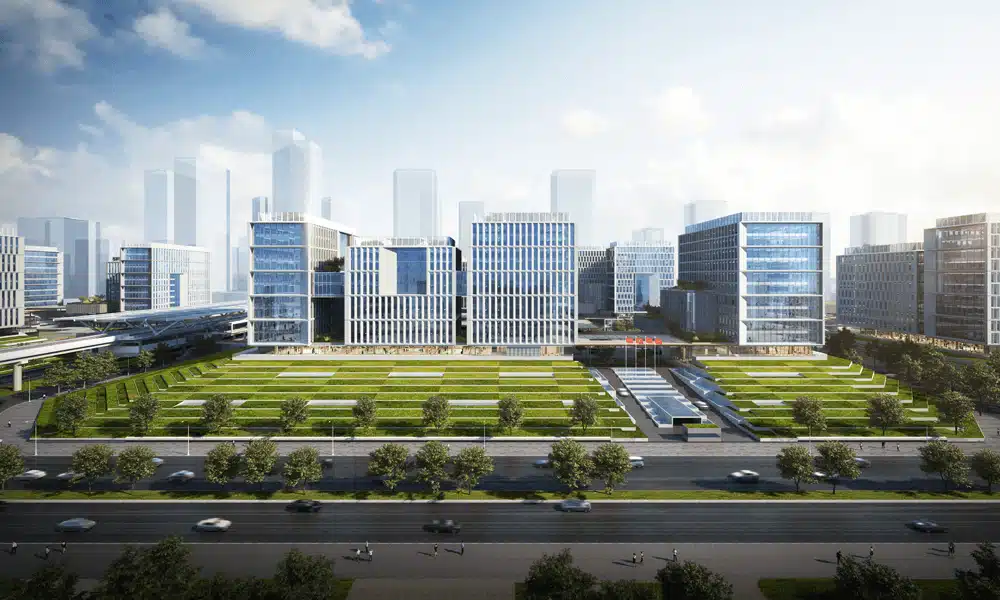
Several architectural and landscape solutions helped balance separation and privacy for governmental areas while fostering a sustainable connection between the authorities and the public. Moreover, our design prioritises visual connections with nature and the surrounding urban context.
The government agencies needed to be on higher ground to avoid street-level views. Vietnam’s scenic landscape and rich cultural heritage inspired an elevated citadel that reflects grandiosity, scale, and symbolism.
Green areas are redistributed to the site’s periphery to heighten security within the ministry cluster. This approach creates privacy and demarcates public and private spaces. In addition, the thickened hill surrounds public green spaces to create a citadel agora, which promotes openness and connectivity.

A 10-meter-high podium becomes the anchor for public facilities, including parking, retail spaces, and technical areas. It also enhances security measures while adding visual interest to the ministry buildings.
Lastly, substantial setbacks from the roads serve a dual purpose: increasing the privacy of government entities and further emphasising the ministry buildings’ visual prominence.
Ministry offices are positioned on the upper floors, ensuring a discreet and secluded environment from the public eye.
Formal Timeless Design, Adaptable Approach
A formal, elegant and timeless architectural language aptly represents the new essence of government administration and Vietnamese culture. The project’s central spine and perimeter strategically distribute private and public programs, which are intricately connected to form a cohesive whole.
Our design philosophy hinges on the principle of modularity, giving the project unparalleled flexibility and adaptability to address evolving future needs.
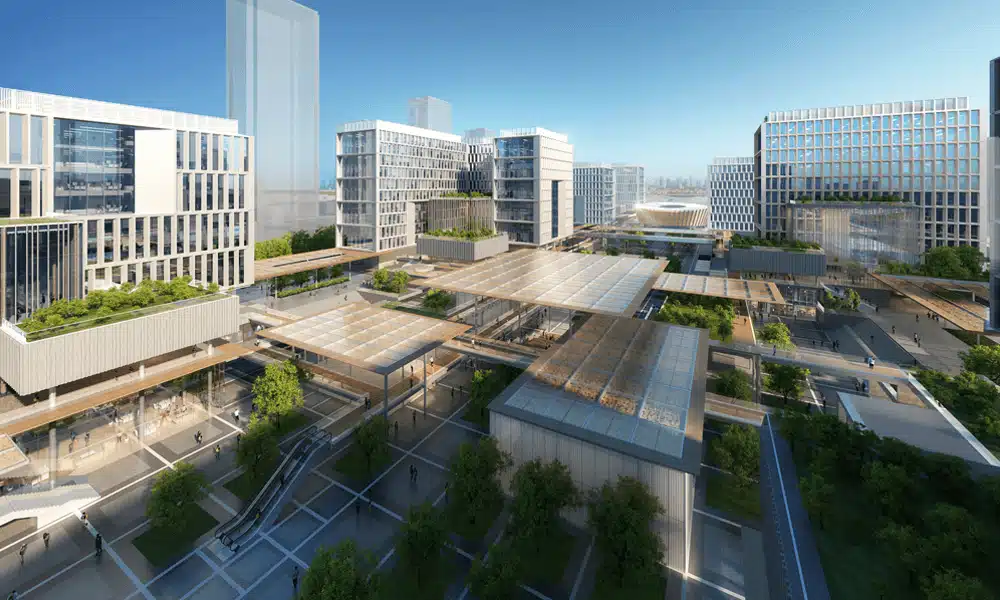
Modularity empowers the infrastructure to seamlessly adapt to diverse functions, varied requirements, and potential future changes while upholding a cohesive architectural language. The flexibility extends to the differentiation of individual components by incorporating diverse colours and materials within each façade, adding a nuanced layer to the visual identity of the complex.
An opaque façade would be the distinctive feature of the ministries’ buildings. Beyond its aesthetic considerations, this choice evidently holds practical significance, offering superior insulation levels and enhanced heat retention.
Fostering Community Engagement Within an Office Environment
The commercial development will be lively and dynamic, creating an engaging environment that radiates vibrancy. An informal approach in the public spine is designed to contrast with the formal language of the ministry towers to provide distinction.
A linear east-west public spine runs through the site, connecting two large public spaces.
To foster community engagement, sheltered plazas as communal nodes will serve as versatile spaces for large public events, exhibitions, and community education. Various activity-generating programs, including MICE, retail, F&B, and public halls, are integrated along this linear axis to promote community and connectivity.
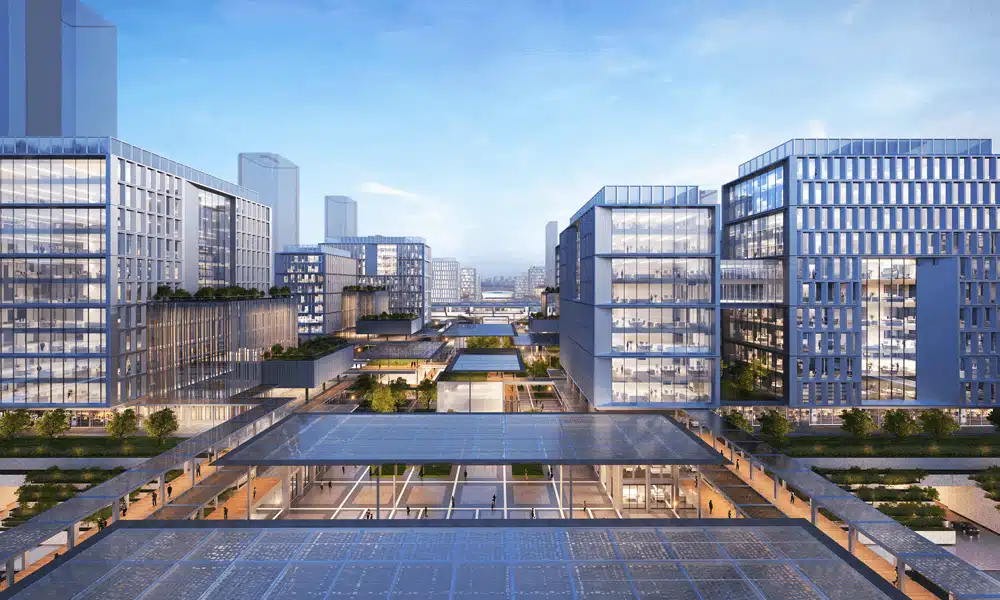
Prominent showcase areas in the form of large public halls will spotlight the activities and achievements of the Ministries and Central Agencies to the public – a solution to foster transparency and public participation, enriching the civic experience.
Pedestrian-friendly spaces ensure robust connectivity with links to LRT stations, drop-offs, and road access. The linkages extend beyond pedestrian pathways by integrating with cycling tracks to create a holistic and accessible transportation network.
With the West Lake and LRT station on the eastern side of the masterplan, designing a symbolic placemaker creates a grand, welcoming sense of arrival.
Sustainable Solutions in 12 Ministries
We adopted a “Sponge City” concept, where natural infiltration techniques such as green roofs, bioswales, and constructed wetlands for stormwater reuse were utilised.
Various sustainable elements, such as permeable paving, vegetated roofs, tree boxes, vertical greenery, and solar panels, were also integrated. Furthermore, we incorporate rain gardens and rainwater harvesting through rooftop systems to create a sustainable and eco-friendly environment for this masterplan project.


